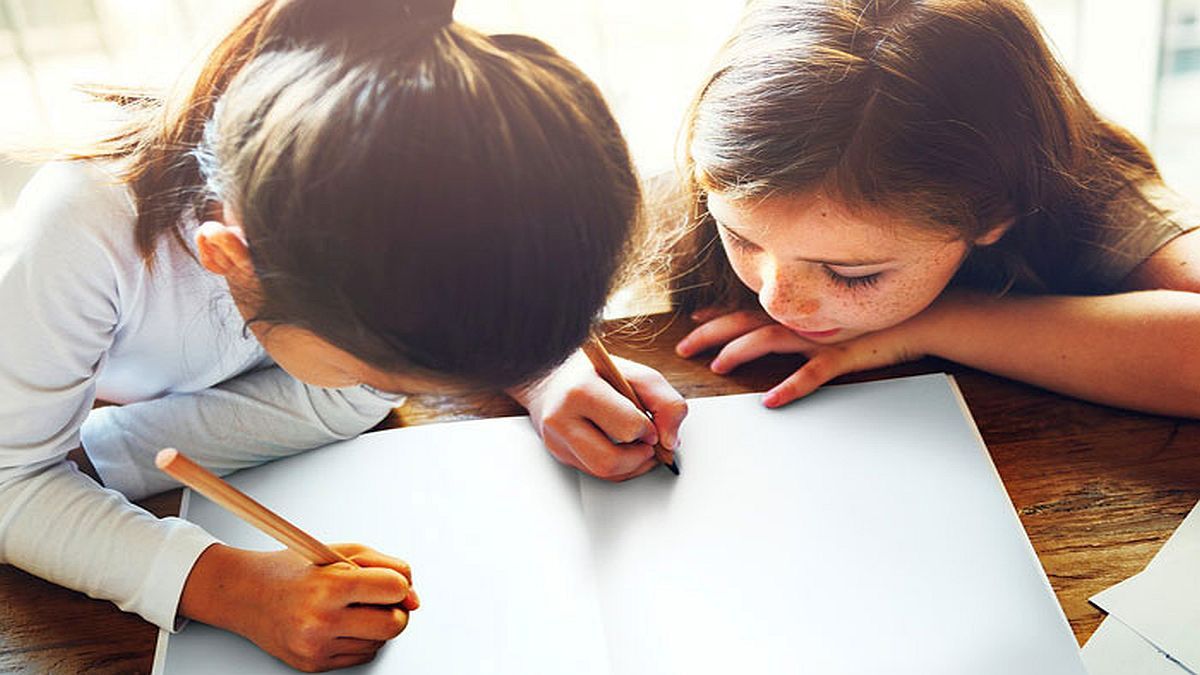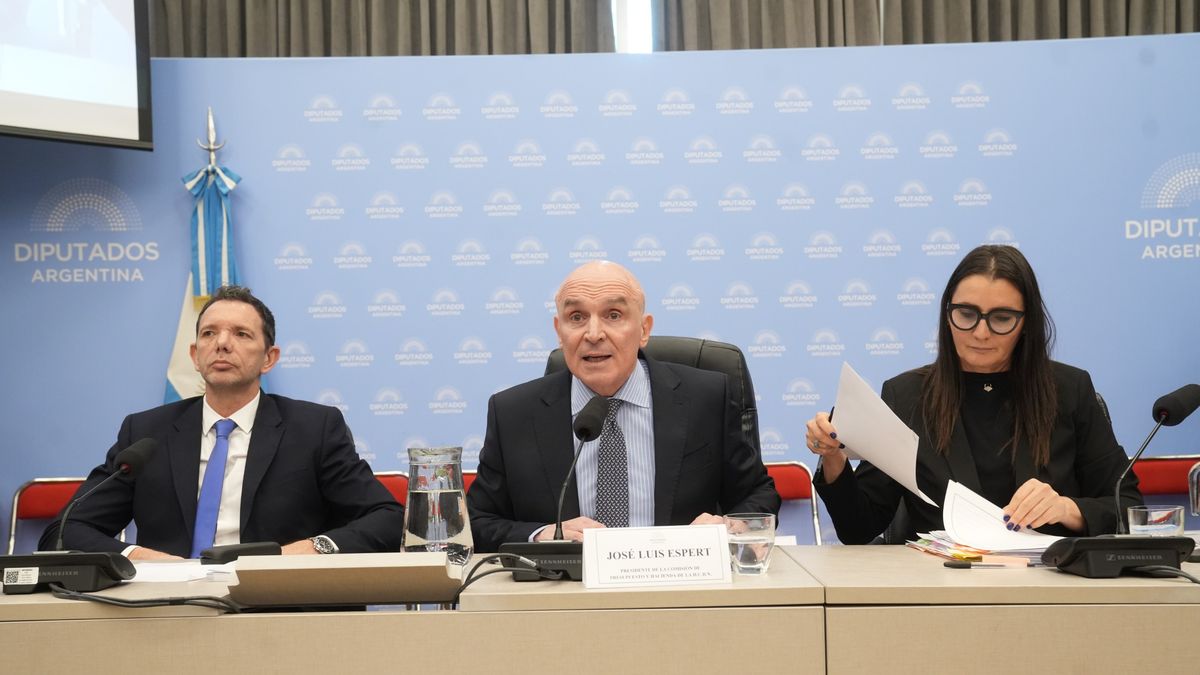To be able to play, you don’t even need too much physical space, but you do need emotional space, and the ability to enter into emotional harmony with those who accompany us. It is about reaching a “game state of mind”. They are usually very serious moments. It is enough to observe the state of concentration and pleasure of a child dedicated to “pretend that…”.
The game also has a calming effect. Someone who can play – I mean symbolic and creative play – knows how to get in touch with their inner world. When a child manages to play alone, it is because he knows that there is an adult who is near (or inside him) and takes care of him. When playing, the notion of time is lost: the time “at stake” is no longer that of the clock, but that of pleasure. And sometimes it is discovered that time is not enough…
In addition, as much as we give children toys, it will be up to them to “give them life” and give them meaning. It may be the most sophisticated toy, but without children’s ability to “create” it will never be used as such. To play you don’t even need any particular object.
The boys show us that you can play with ideas, with looks, with words, with gestures, with movements, with water. You can even build the toys with what is left over in the house. It does not require a large physical space, but it does require an emotional one. The traditional ones are board games, riddles, “I see I see”, “a little boat is coming loaded with”, bad jokes tournament, good jokes tournament, “tell it with mime”, “guess who”, “tutti-frutti, “hangman”, letters, drawing, finger painting, hand painting or foot painting and a thousand more options…
Ballotage political board game.jpg
Now, in the children’s day the children of this “age” have an intense interaction with digital reality. The world is contained in your devices. This is one of the problems that motivate frequent consultations in recent times.
The prolonged coexistence with the family and the reduction to a minimum of contact with the outside world during the pandemic contributed to the increase in virtual life. This phenomenon showed -and shows- its various aspects: it temporarily allowed a certain continuity in socialization (many kids play online and it is also a way of being with their friends), but it also generated a loss of interest in outdoor activities and, above all, with the family. A nice term was invented to call babies born in quarantine, who today are over two years old – to point out the similarity with the “centennials”-: the “pandemials”.
The digital modality contributes to changing the way we perceive our environment and, therefore, to play. The “virtual reality” it reveals situations in which the category of “presence-absence” is necessarily different, as well as that of “geographical distance”.
New vocational ideals linked to virtual life have also emerged in these times: being virtual athletes, streamers, influencers, youtubers, etc. Cases arise of children who earn a lot of money (sometimes more than their parents) with practices of online activities. The toys used in the sessions are no longer the same as before.
FORTNITE.jpg

The online gaming model led by Fortnite forces the industry to implement changes.
We observe that screens, cell phones, tablets and virtual games are gaining ground. And they coexist in the lives of the boys with the influence of the family, the school and the peer group. The gaps have become so wide that children – digital natives – are often the ones who handle technology better than their parents and teach them, instead of the other way around.
The vicissitudes in the digital field are the engine of transformations in subjectivities and links. The cognitive characteristics of digital native generations are revealed. When talking about “multitasking” (multitasking) refers to the human ability to carry out several tasks simultaneously passing from one form of information to another, without any of them being altered. These behaviors are typical of children and adolescents of these times and adults tend to interpret them as a lack of concentration or dispersion (a situation that must be taken into account when, for example, making a diagnosis).
Apocalypse or paradigm shift?
We could say that these problems today are at the center of the “generational confrontation” between parents and children, due to the enormous differences that separate them in terms of apprehension of reality. The impact of this strong cultural shock will depend on whether it is considered an alarm or the emergence of a new paradigm, typical of a world undergoing rapid transformation.
Degree in Psychology. Psychoanalyst. Former member and current adviser of the dept. of Couple and Family of the Argentine Psychoanalytic Association. She is the author of the book “La familia y la ley. Conflicts-transformations”. Specialist in children and adolescents.
Source: Ambito




